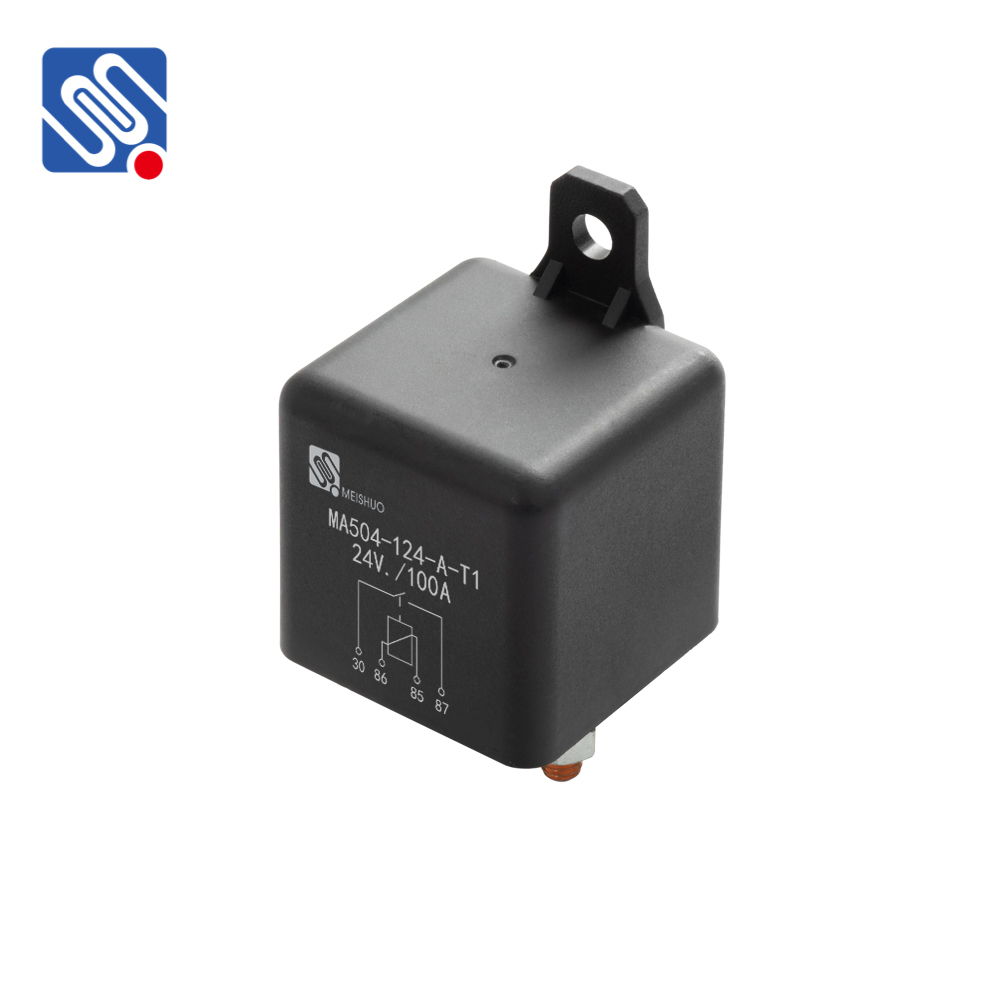A 12V 100A relay is an essential component in various electronic and electrical systems, widely used for switching high-power loads. This relay, designed to handle 12V DC voltage and capable of switching up to 100 amperes of current, serves as a key interface between low-power control circuits and high-power electrical systems. Understanding the functionality, structure, and applications of this relay can provide valuable insights for engineers and hobbyists working with complex electrical circuits.

What is a 12V 100A Relay? At its core, a 12V 100A relay is an electromechanical switch that allows a low-power electrical signal to control a high-power load. It consists of an electromagnet, an armature, and a set of electrical contacts. When a 12V DC voltage is applied to the relay’s coil, the electromagnet is energized, pulling the armature and causing the contacts to either close or open. This action either completes or breaks the electrical circuit that controls the connected load.
The 100A rating indicates that the relay can safely handle up to 100 amperes of current, making it suitable for high-current applications where other, smaller relays would fail. This makes the 12V 100A relay ideal for controlling high-power devices, such as electric motors, heating elements, and large battery banks.